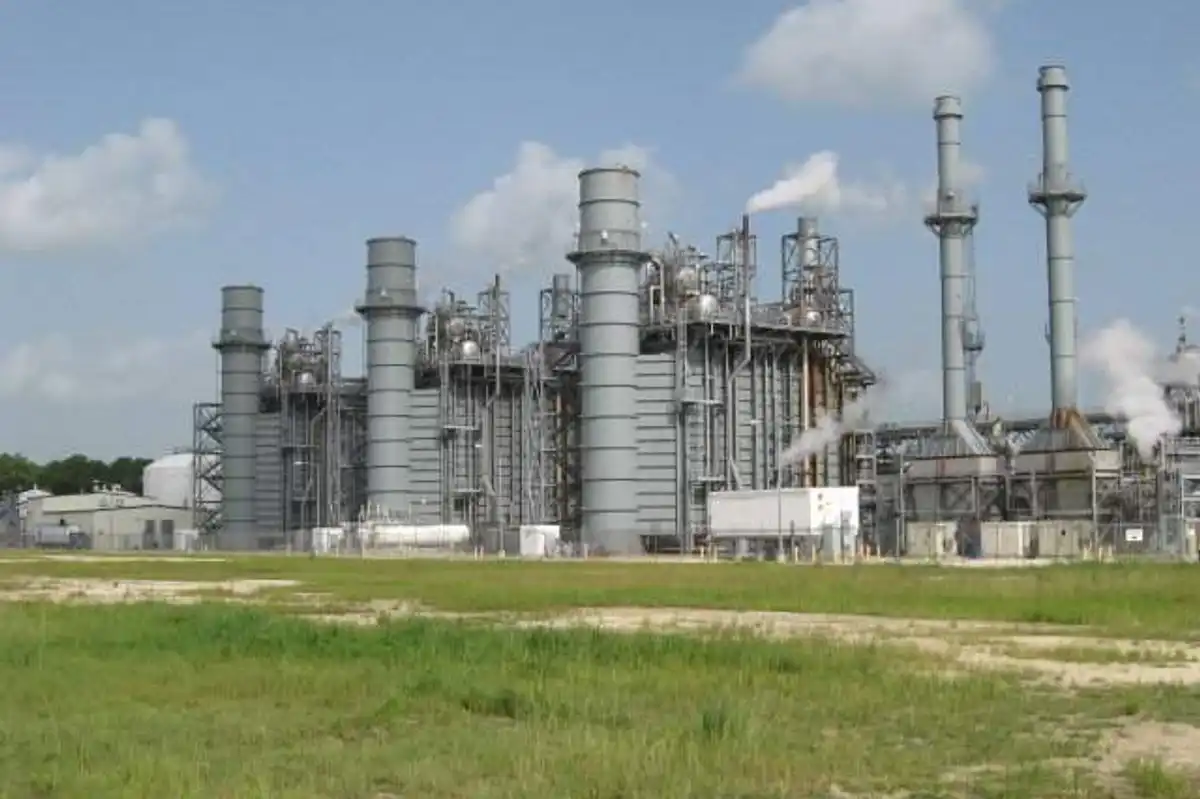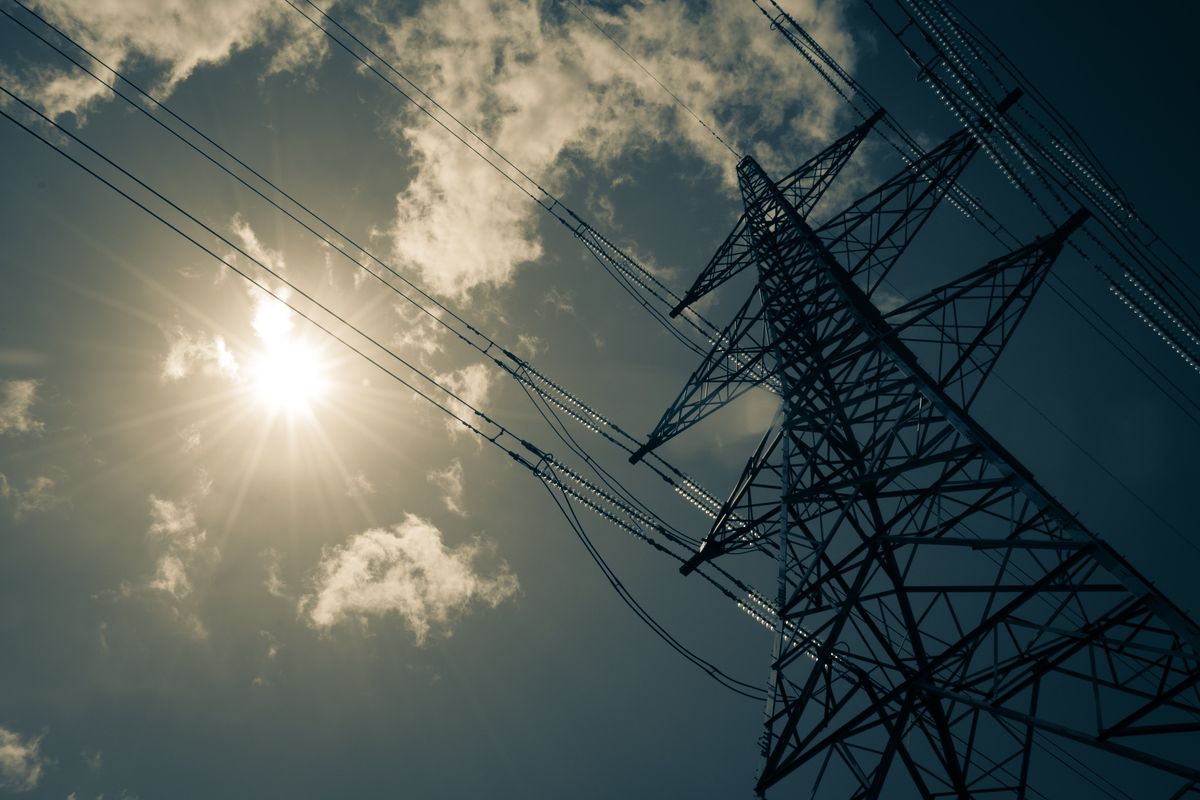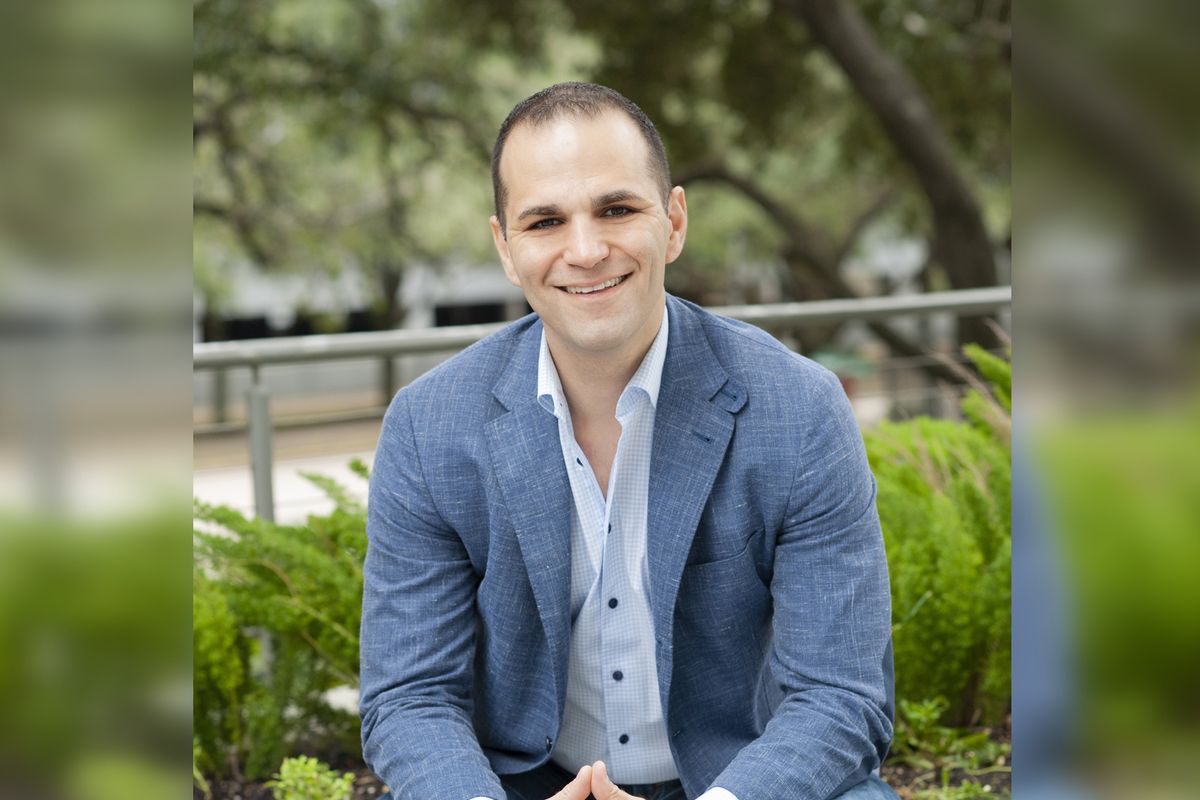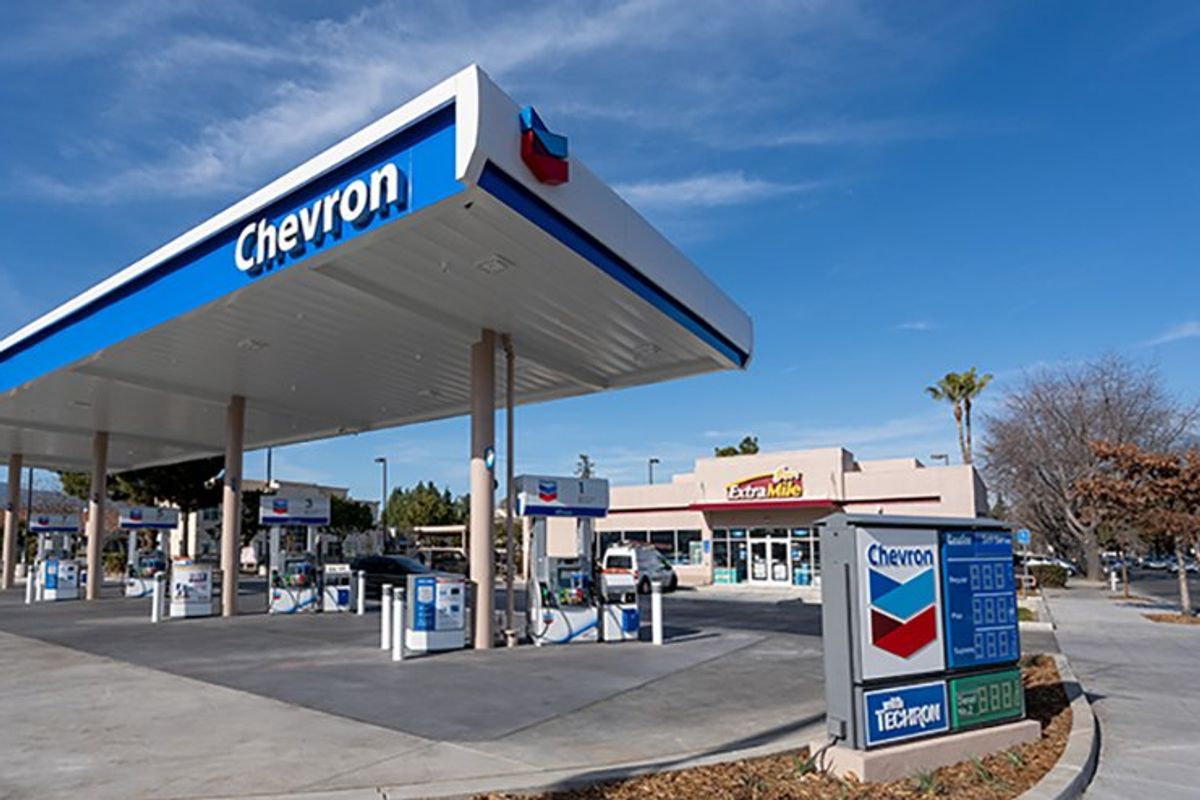Reshaping the Texas grid: The impact of EVs, AI, renewables, and extreme weather
guest column
Did you catch those images of idle generators that CenterPoint had on standby during Hurricane Beryl? With over 2 million people in the Houston area left in the dark, many were wondering, "if the generators are ready, why didn’t they get used?" It seems like power outages are becoming just as common as the severe storms themselves.
But as Ken Medlock, Senior Director of the Baker Institute Center for Energy Studies (CES) explains, it's not a simple fix. The outages during Hurricane Beryl were different from what we saw during Winter Storm Uri. This time, with so many poles and wires down, those generators couldn’t be put to use. It’s a reminder that each storm brings its own set of challenges, and there’s no one-size-fits-all solution when it comes to keeping the lights on. While extreme weather is one of the leading threats to our electric grid, it's certainly not the only one adding strain on our power infrastructure.
The rapid rise of artificial intelligence (AI) and electric vehicles (EVs) is transforming the way we live, work, and move. Beneath the surface of these technological marvels lies a challenge that could define the future of our energy infrastructure: they all depend on our electrical grid. As AI-powered data centers and a growing fleet of EVs demand more power than ever before, our grid—already under pressure from extreme weather events and an increasing reliance on renewable energy—faces a critical test. The question goes beyond whether our grid can keep up, but rather focuses on how we can ensure it evolves to support the innovations of tomorrow without compromising reliability today. The intersection of these emerging technologies with our aging energy infrastructure poses a dilemma that policymakers, industry leaders, and consumers must address.
Julie Cohn, Nonresident Fellow at the Center for Energy Studies at the Baker Institute for Public Policy, presents several key findings and recommendations to address concerns about the reliability of the Texas energy grid in her Energy Insight. She suggests there’s at least six developments unfolding that will affect the reliability of the Texas Interconnected System, operated by the Electric Reliability Council of Texas (ERCOT) and the regional distribution networks operated by regulated utilities.
Let’s dig deeper into some of these issues:
AI
AI requires substantial computational power, particularly in data centers that house servers processing vast amounts of data. These data centers consume large amounts of electricity, putting additional strain on the grid.
According to McKinsey & Company, a single hyperscale data center can consume as much electricity as 80,000 homes combined. In 2022, data centers consumed about 200 terawatt-hours (TWh), close to 4 percent, of the total electricity used in the United States and approximately 460 TWh globally. That’s nearly the consumption of the entire State of Texas, which consumed approximately 475.4 TWh of electricity in the same year. However, this percentage is expected to increase significantly as demand for data processing and storage continues to grow. In 2026, data centers are expected to account for 6 percent, almost 260 TWh, of total electricity demand in the U.S.
EVs
According to the Texas Department of Motor Vehicles, approximately 170,000 EVs have been registered across the state of Texas as of 2023, with Texas receiving $408 million in funding to expand its EV charging network. As Cohn suggests, a central question remains: Where will these emerging economic drivers for Texas, such as EVs and AI, obtain their electric power?
EVs draw power from the grid every time they’re plugged in to charge. This may come as a shock to some, but “the thing that’s recharging EV batteries in ERCOT right now, is natural gas,” says Medlock. And as McKinsey & Company explains, the impact of switching to EVs on reducing greenhouse gas (GHG) emissions will largely depend on how much GHG is produced by the electricity used to charge them. This adds a layer of complexity as regulators look to decarbonize the power sector.
Depending on the charger, a single EV fast charger can pull anywhere from 50 kW to 350 kW of electricity per hour. Now, factor in the constant energy drain from data centers, our growing population using power for homes and businesses, and then account for the sudden impact of severe environmental events—which have increased in frequency and intensity—and it’s clear: Houston… we have a problem.
The Weather Wildcard
Texas is gearing up for its 2025 legislative session on January 14. The state's electricity grid once again stands at the forefront of political discussions. The question is not just whether our power will stay on during the next winter storm or scorching summer heatwave, but whether our approach to grid management is sustainable in the face of mounting challenges. The events of recent years, from Winter Storm Uri to unprecedented heatwaves, have exposed significant vulnerabilities in the Texas electricity grid, and while legislative measures have been taken, they have been largely patchwork solutions.
Winter Storm Uri in 2021 was a wake-up call, but it wasn’t the first or last extreme weather event to test the Texas grid. With deep freezes, scorching summers, and unpredictable storms becoming the norm rather than the exception, it is clear that the grid’s current state is not capable of withstanding these extremes. The measures passed in 2021 and 2023 were steps in the right direction, but they were reactive, not proactive. They focused on strengthening the grid against cold weather, yet extreme heat, a more consistent challenge in Texas, remains a less-addressed threat. The upcoming legislative session must prioritize comprehensive climate resilience strategies that go beyond cold weather prep.
“The planners for the Texas grid have important questions to address regarding anticipated weather extremes: Will there be enough energy? Will power be available when and where it is needed? Is the state prepared for extreme weather events? Are regional distribution utilities prepared for extreme weather events? Texas is not alone in facing these challenges as other states have likewise experienced extremely hot and dry summers, wildfires, polar vortexes, and other weather conditions that have tested their regional power systems,” writes Cohn.
Renewable Energy and Transmission
Texas leads the nation in wind and solar capacity (Map: Energy, Environment, and Policy in the US), however the complexity lies in getting that energy from where it’s produced to where it’s needed. Transmission lines are feeling the pressure, and the grid is struggling to keep pace with the rapid expansion of renewables. In 2005, the Competitive Renewable Energy Zones (CREZ) initiative showed that state intervention could significantly accelerate grid expansion. With renewables continuing to grow, the big question now is whether the state will step up again, or risk allowing progress to stall due to the inadequacy of the infrastructure in place. The legislature has a choice to make: take the lead in this energy transition or face the consequences of not keeping up with the pace of change.
Conclusion
The electrical grid continues to face serious challenges, especially as demand is expected to rise. There is hope, however, as regulators are fully aware of the strain. While our grid may be showing its age, this is the perfect time to shift from reacting to problems to getting ahead of them.
As Cohn puts it, “In the end, successful resolution of the various issues will carry significant benefits for existing Texas industrial, commercial, and residential consumers and have implications for the longer-term economic attractiveness of Texas. Suffice it to say, eyes will be, and should be, on the Texas legislature in the coming session.”
------------
Scott Nyquist is a senior advisor at McKinsey & Company and vice chairman, Houston Energy Transition Initiative of the Greater Houston Partnership. The views expressed herein are Nyquist's own and not those of McKinsey & Company or of the Greater Houston Partnership. This article originally ran on LinkedIn on September 11, 2024.
- Only radical innovation can get the world to its climate goals, says this Houston expert ›
- Expert: Houston is the energy capital of the world now — but can it stay that way? ›
- Column: Houston expert on what the path to net-zero will look like ›
- Houston energy leader on why the future of fuels is more than electric vehicles - Energy Capital ›
- Expert: Is the Texas electric grid ready for the future? - Energy Capital ›











